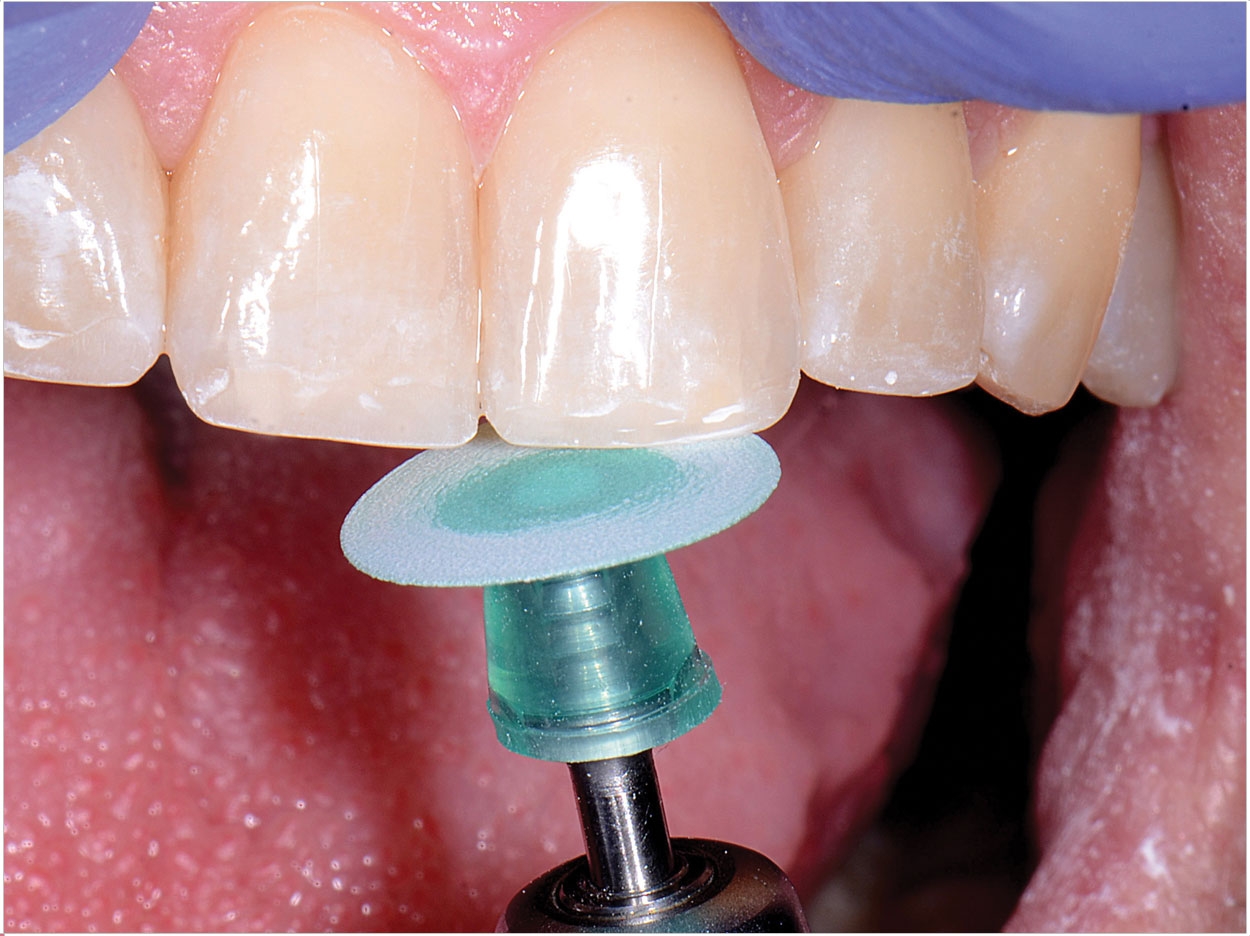
Restorations face a hostile environment in the mouth, so durability is key to their success. With this in mind, researchers recently completed a 10-year study of a pair of different resin-based restorative systems in Class II cavities.
The study involved 30 patients with 68 resin composite restorations from a single dentist in private practice: 36 had VOCO’s Solobond M + Grandio, while 32 had Ivoclar Vivadent’s Syntac + Tetric Cream. Also, 35% of cavities revealed no enamel at the bottom of the proximal box, while 48% of cavities provided < 0.5 mm or remaining proximal enamel.
The researchers examined the restorations according to modified United States Public Health Service criteria at baseline, after 6 months, and at 1, 2, 4, 6, 8, and 10 years. Also, the researchers report that 29 of the 30 patients attended the 10-year recall. Overall, the restorations showed a 96.9% success rate.
One Grandio restoration suffered marginal fracture with exposed dentin, and one Tetric Cream restoration failed due to cusp fracture. Also, Grandio showed higher surface roughness and less color match after 10 years. Molar restorations performed worse than premolar fillings in terms of marginal integrity, filling integrity, and tooth integrity.
The resin composites degraded primarily because of chipping and cracks in molar restorations after 8 years. Marginal staining increased by 43% at 4 years, 52% at 8 years, and 71% at 10 years. Tooth integrity also deteriorated significantly due to more enamel cracks and chipping throughout time, with 9% at baseline and 89% after 10 years.
The study, “Ten-year Clinical Performance of Posterior Resin Composite Restorations,” was published by The Journal of Adhesive Dentistry.
Related Articles
Silver Enlisted to Stop Caries and Extend Filling Lifespans
Liquid Reveals Early Decay and Could Spare Drilling
Restorations Don’t Always Reduce Caries Risk












